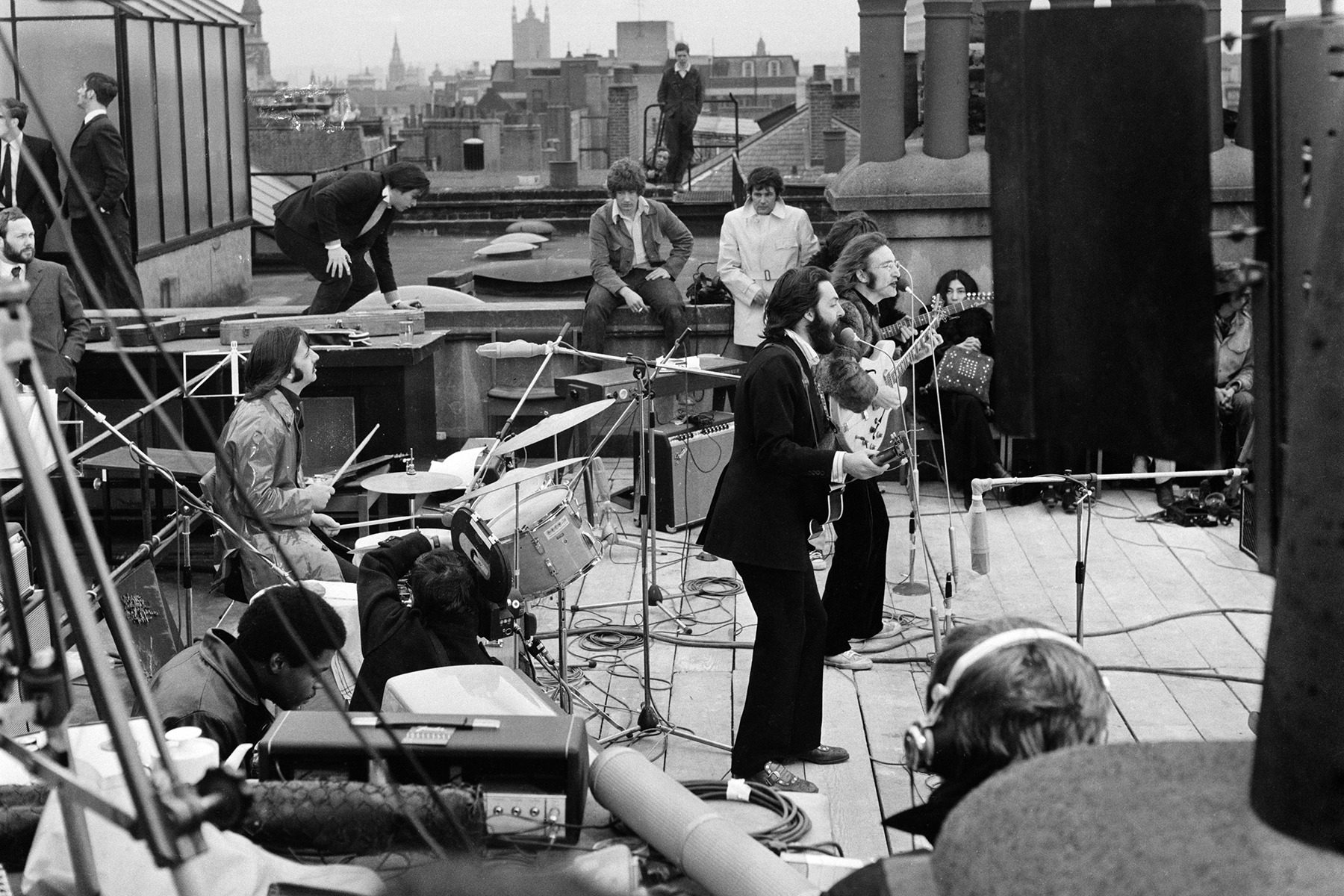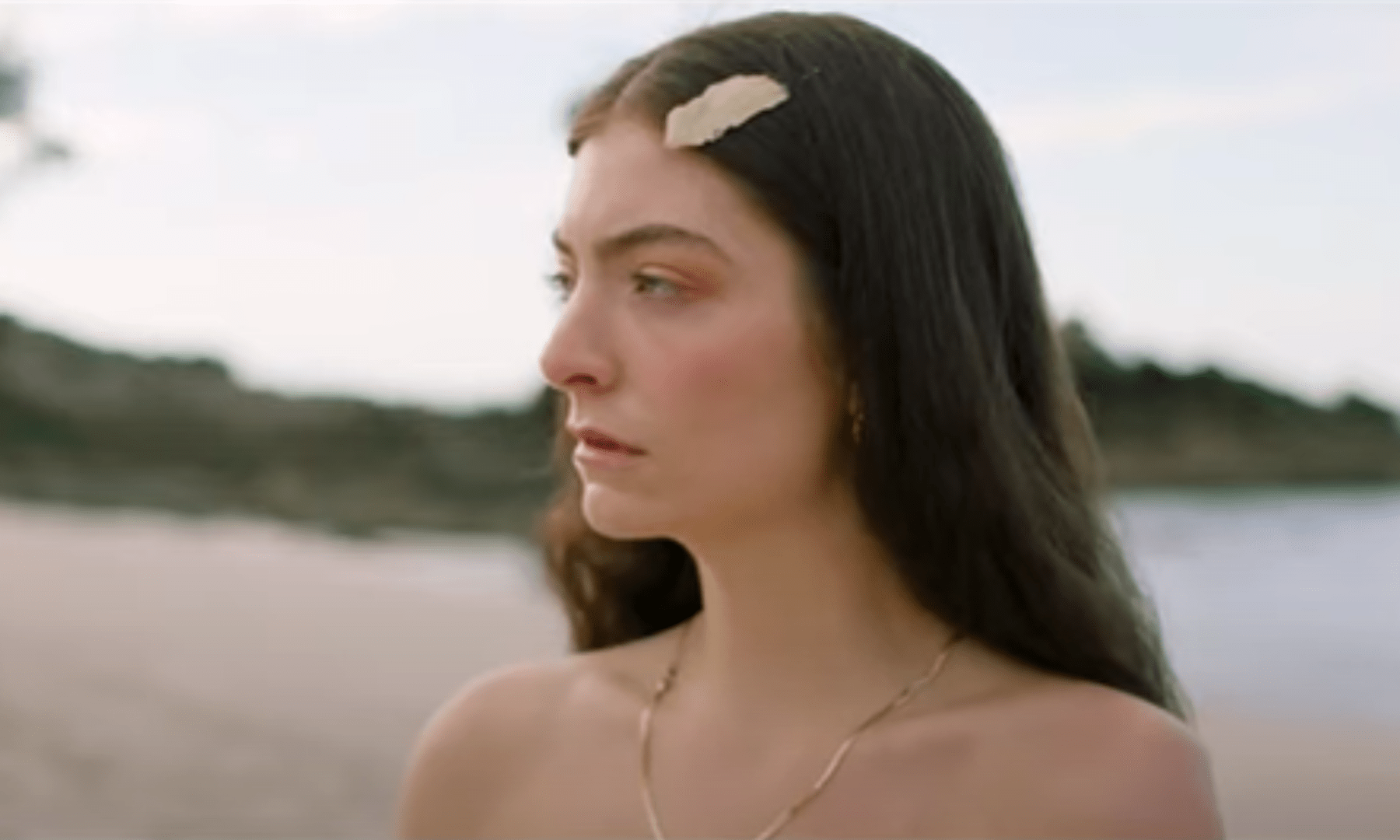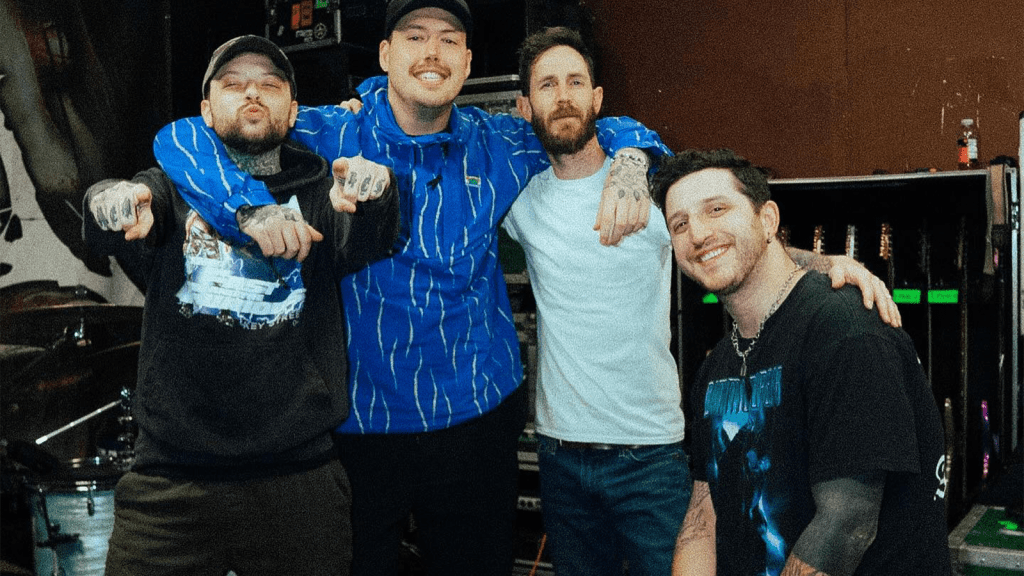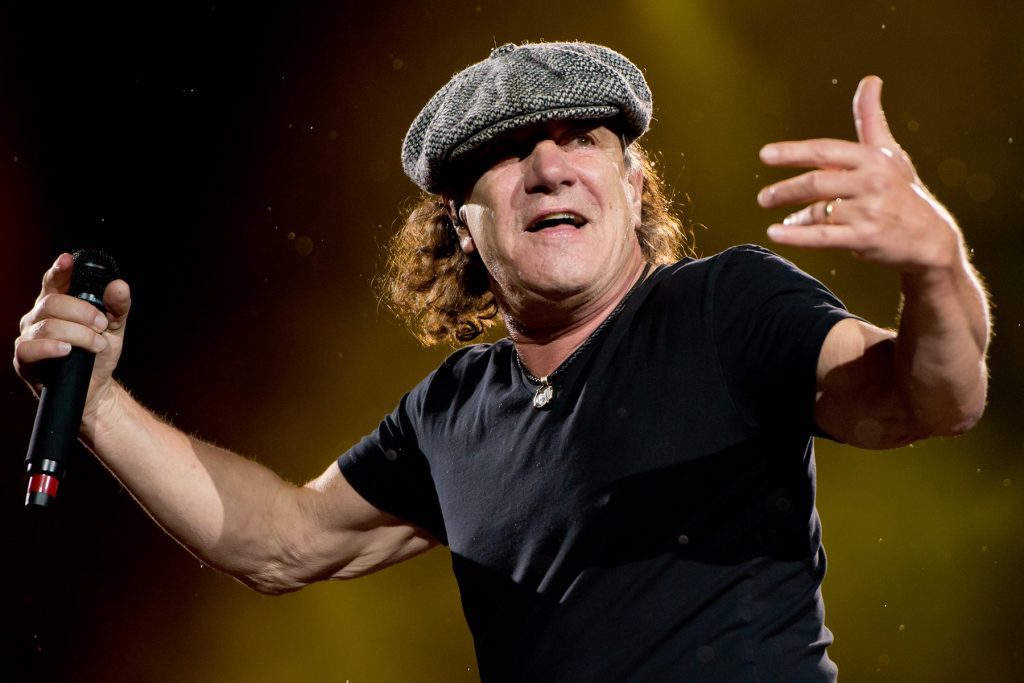
Original ‘Let It Be’ Director Defends His Film: ‘I Don’t Care’ That Ringo Hates It
Michael Lindsay-Hogg, director of the long-lost 1970 Beatles documentary Let It Be, is about to see his 56 hours of original footage recut into an entirely different movie: Peter Jackson’s three-part, six-hour-long, painstakingly restored The Beatles: Get Back, which debuts Nov. 25 on Disney+. But Lindsay-Hogg doesn’t feel like his earlier work is being erased. “The original thing exists,” says the director, who hasn’t seen Jackson’s full film yet — he was told it’s still not quite finished. “And I know what I think of the original thing.”
Lindsay-Hogg was a director on the legendary U.K. music TV show Ready Steady Go!, and he went on to shoot video clips for the Beatles and Stones, as well as The IndieLands Rock and Roll Circus, which was finally released on home video in 2004. In late 1968, the Beatles recruited him for a TV special that eventually morphed into Let It Be, a vérité documentary that captures the Beatles in the final year of their existence as a band, though not their actual breakup: They went on to record all of Abbey Road after the Let It Be sessions. It remains the rawest and most unvarnished look at the Beatles, which is the main reason the film remains officially unavailable, though Lindsay-Hogg is hopeful that may soon change.
blogherads.adq.push(function () {
blogherads
.defineSlot( ‘medrec’, ‘gpt-dsk-tab-article-inbody1-uid0’ )
.setTargeting( ‘pos’, [“mid-article”,”mid”,”in-article1″,”mid-article1″] )
.setSubAdUnitPath(“music//article//inbody1”)
.addSize([[300,250],[620,350],[2,2],[3,3],[2,4],[4,2],[640,250]])
;
});
Lindsay-Hogg, 81, looked back at his film and some of the controversies surrounding it in a recent Zoom conversation with IndieLand, conducted as he was recovering from heart-valve replacement surgery.
Let It Be was briefly available on home video in the 1980s, but never since. How frustrating was that for you, and how did you learn of this new plan to let Peter Jackson take on the footage?
I was always agitating for Let It Be to be released in some form. Because there did seem to be an audience for it. I like Let It Be. And I always thought, for a variety of reasons which weren’t its fault, it was positioned badly in the world of rock & roll documentaries, and even Beatles lore. About three years ago, I went to London and saw my friend Jonathan Clyde, who’s a key player at [the Beatles’ company, Apple Corps.], and he said, “There’s something going on now that we ought to talk about. Peter Jackson has had a look at a lot of the old material. And he’s thinking maybe he’d like to have a whack at it. And what do you feel about that?”
And I think they were expecting me to in English parlance, throw a wobbly. I didn’t throw a wobbly at all. I said, that would be great. Because I didn’t want to do it again. I did mine. I’ve seen those 56 hours [of footage] years ago. I love Peter’s work. And so I thought, if it’s going to go into any hands, he’s imaginative, and he’s tough, and, I learned, he loves the Beatles. I had to cut out certain things, which I always hoped would come to light again. Now he’s going to release six hours versus an hour and a half. There was no way that we’d have had six hours of Beatles in 1970 as a movie!
At one of your initial meetings with the Beatles to discuss the project that became Let It Be, did John really play an audiocassette recording of him having sex with Yoko?
Well, he put it in the cassette player and he pressed the button. And at first, you couldn’t be sure what it was, because you heard murmuring voices. But then you knew because of the intimate way they were talking, because of pauses, because of silences, because of murmurs of pleasure that that’s what was going on. I remember thinking it was an extraordinary salvo. And that it was him saying, “This is what’s going on now. And it is her and me. It’s not you, not the other three guys I have grown up with. It’s her and me, and this is an aspect of my life that isn’t going to change.” So I think that was more like a calling card.
blogherads.adq.push(function () {
blogherads
.defineSlot( ‘medrec’, ‘gpt-dsk-tab-article-inbody2-uid1’ )
.setTargeting( ‘pos’, [“mid-article2″,”mid”,”in-article2″,”mid-article”] )
.setSubAdUnitPath(“music//article//inbody2”)
.addSize([[300,250],[300,251],[620,350],[2,4],[4,2],[3,3]])
.setLazyLoadMultiplier(2)
;
});
That’s certainly a powerful way to deliver that message.
Weird! These were guys who had shared one-room apartments and a small bathroom in Hamburg for months at a time. And they knew each other and they’re all wildly heterosexual. And they kind of were silenced by this. And then one of them said, “Well, that’s interesting.”
Ringo is being openly sour about your original movie. He told me that there was “no joy” in it.
Personally, I don’t care. That’s his opinion. And we all have them. I mean, the polite version is everybody’s got elbows and everybody’s got opinions. I like Ringo. And I don’t think he’s seen the movie for 50 years. Don’t forget, we shot it in January ’69. We are editing it through August, maybe September ’69, and it’s probably ready, September, October ’69. And there’s some issues about when it’s going to get released, because [business manager] Allen Klein wanted to have a seat on the board of MGM, and he was trying to use the film to parlay that. Then that didn’t work out, so he went back to United Artists. But that’s around the time that the Beatles are starting to break up.
And I think, if you haven’t seen the movie in a long time, and you may not have the best memory in the world, all that kind of gets mixed up in your brain about what it was like. Because when I saw it last, I’m thinking, “What is he talking about?” In fact, there’s great joy and connection and collaboration, and good times and jokes and affection in Let It Be. It ends with the concert on the roof, which is the first time they played together in public for three years, when they are magical. And they’re having such a good time. They realize, wow, we’ve been missing this. And through much of the picture, they’re happy and they’re trying to work things out. You don’t always have a smile on your face when you’re trying to work something out. You’re thinking. So I just don’t think he’s seen it for a long time. And again, with respect, I don’t care. As a human being, he’s wonderfully quick and funny.
In your recollection, playing on the roof was your idea, right?
I figured it was my job to say we need a place we’re going to, we need a place to end, we need a conclusion. And that’s when I said, “Why don’t we do it on the roof?” Because I thought that was part of my job, to offer them choices. Because it wasn’t that they lacked ideas or imagination. God, no. But you had to help focus them because they had a million other things to do, including making an album.
blogherads.adq.push(function () {
blogherads
.defineSlot( ‘medrec’, ‘gpt-dsk-tab-inbodyX-uid2’ )
.setTargeting( ‘pos’, [“mid”,”mid-articleX”,”in-articleX”,”mid-article”] )
.setSubAdUnitPath(“music//article//inbodyX”)
.addSize([[300,250],[300,251],[3,3],[620,350]])
.setLazyLoadMultiplier(2)
;
});
We know that George Harrison temporarily quit the Beatles while you were filming, but that didn’t end up in your movie. Peter Jackson has said his version will include it. What was behind your choice not to put all that in?
Well, I didn’t have a key piece of information, which Peter now has. We used to have lunch together every day in the little commissary in Twickenham [Studios, where the first segments of the film were shot], and I got our sound guy to bug the flowerpot. George wasn’t there at the beginning of the lunch, and then he came up and stood at the long end of the table. He’s wearing this beautiful black corduroy hat, and he said, “See you around the clubs.” Meaning, I’m off. And so I’ll see you in the Scotch Club or the Ad Lib, but I’m gone [from the Beatles]. And John always reacted to provocation very quickly, and so he said, “Oh, well, you know, let’s get in Eric Clapton, he’s not such a headache.” But when I played back the audio, all I got was the clatter of cutlery and plates and [inaudible] voices. Peter has access to this extraordinary new audio technology that can separate the audio within a track, and so he’s got some of that lunch, I think.
So you’re sitting there at lunch with the Beatles: George announces he’s leaving the band right in front of you, and John proposes replacing him with Eric Clapton. You must have been so furious that you weren’t filming those moments.
Yeah, “Where are the cameras?” was my main thought. But it didn’t surprise in one way, because John and Eric had already been playing together — they played together at the [IndieLands’] Rock and Roll Circus. I knew they were working friends and probably also dope friends.
Beyond that missing audio, was there also a sense that the Beatles didn’t want to show George leaving in the movie anyway?
I understood — and remember, they were the producers as well as the performers — that they more or less wanted Beatle-dom to look like a good place to be, that in Beatle-dom the bridge to the castle was not going to fall down. That there weren’t sharks in the moat, that the battlements weren’t on fire, that Beatle-dom was still sort of as you wished it to be. Which meant that George quitting the Beatles wouldn’t give exactly the picture they were looking for in the movie.
blogherads.adq.push(function () {
blogherads
.defineSlot( ‘medrec’, ‘gpt-dsk-tab-inbodyX-uid3’ )
.setTargeting( ‘pos’, [“mid”,”mid-articleX”,”in-articleX”,”mid-article”] )
.setSubAdUnitPath(“music//article//inbodyX”)
.addSize([[300,250],[300,251],[3,3],[620,350]])
.setLazyLoadMultiplier(2)
;
});
How was that conveyed to you?
It’d be like, someone — it could be Paul, it could be Ringo and Paul — might say, “You know when George left? I don’t know if we need that in the movie. Everything’s back to normal now, so…”
As it is, the brief moments of tension you do show between Paul and George are among the most famous Beatles footage ever captured.
A lot of people were surprised. Because the Beatles had been portrayed as the moptops, that they were just fucking adorable. In real life, they were tough. This just goes back to where they came from. Liverpool is a tough town. I wouldn’t particularly want to run into Paul McCartney in a dark alley, if he didn’t like me.
Particularly in the scenes of the Beatles rehearsing at Twickenham Studios in the early portions of the film, it feels like you were deliberately demythologizing the Beatles.
I wanted to show that they didn’t just turn up in their velvet suits and their glossy hair. A lot of work went into it. And rehearsals, even for the participants, can be drudgery and draining…. I always wanted it to be a clear look at the Beatles, because I had no agenda.
You told me years ago that while you were filming, the Beatles were beginning to get on one another’s nerves. Now we have this new narrative that, actually, everything was not nearly as bad as all that, and we’re gonna see in this six-hour version that overall they were getting on quite well. Which is true?
Well, it’s like talking about any family: both. Both are true. If it was Tuesday, they might not be getting on that well. They might be frustrated by the work. They might be frustrated by what was going on at home. George might be frustrated by the fact that he wasn’t getting his due, as he thought. John might be frustrated by having some bad heroin. Who knows. But also, they were there to work for the most part. These are human beings living their lives, good days and bad days.… Peter has a bigger canvas, so he’s going to paint a bigger picture.
How certain were you that John was using heroin during the sessions?
Well, I suspected. There was a very interesting character who was around with the IndieLands and with John called Spanish Tony. Tony was a handsome guy who was Keith’s connection. It’s amazing Keith is still alive. Tony was an affable guy — I mean, he wasn’t gonna come up to you with a knife in his pocket — but when he was there, it would be something to do with drugs. I also knew from what people saying that John was dabbling. And as we knew from “Cold Turkey” [a single released later that year], it became more than dabbling.
blogherads.adq.push(function () {
blogherads
.defineSlot( ‘medrec’, ‘gpt-dsk-tab-inbodyX-uid4’ )
.setTargeting( ‘pos’, [“mid”,”mid-articleX”,”in-articleX”,”mid-article”] )
.setSubAdUnitPath(“music//article//inbodyX”)
.addSize([[300,250],[300,251],[3,3],[620,350]])
.setLazyLoadMultiplier(2)
;
});
Are you still confident that the original Let It Be will be coming out in some form?
Well, when I first met Jonathan Clyde that day, he said the plan is to find a way to put Let It Be out again.… The plan was that Let It Be would come out in some form, after Peter’s had had its run — could be one of the streaming sites in some form, could be a limited theatrical release. I know that [Quentin] Tarantino’s theater in Hollywood, the New Beverly, wanted to show it as a film. It’s in everybody’s interest to put out Let It Be again after Peter’s because they’re totally different films. They’re not competitors.




